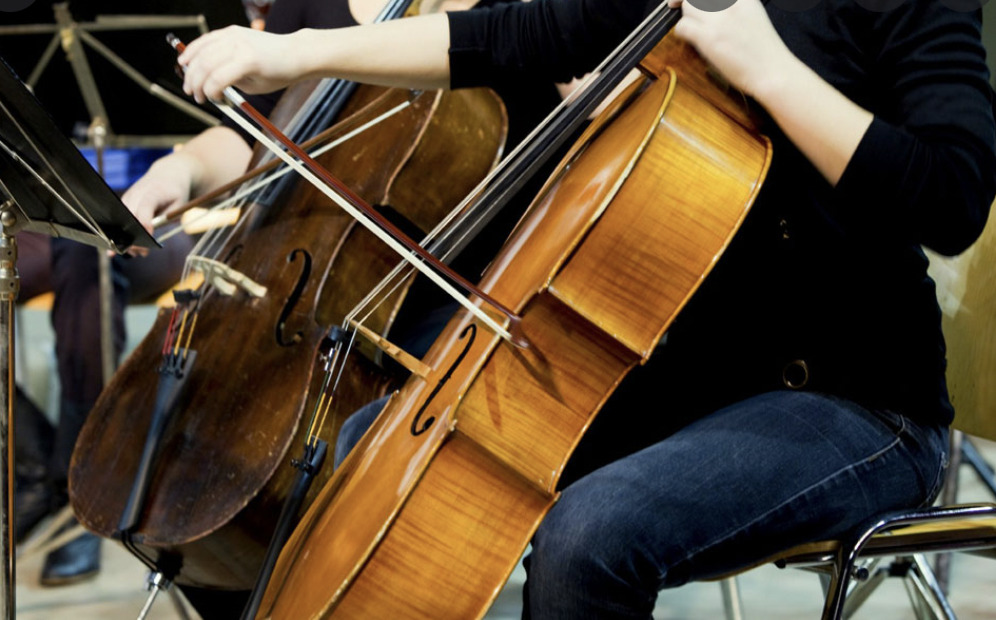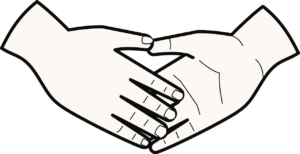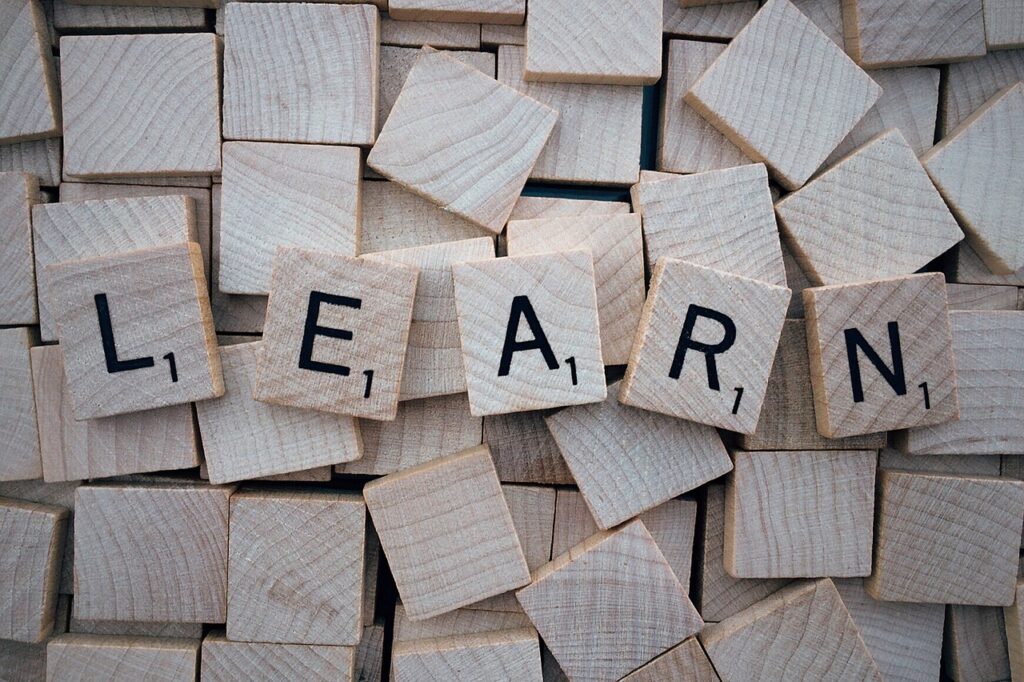If you are a beginning cello player, you might be trying to figure out how to get a better sound on the cello. If you don’t know about the combination of bow weight, speed and contact point, watch this!
How to Get a Better Sound on the Cello:
Beginning and intermediate level adult cello players often talk about the sound they are producing on the cello, and perhaps they’re not happy with where they are based on the amount of time that they’ve been playing. They feel like they should be playing better at this point – whether that’s one year or three years. And some of this has to do with understanding a bit about the physics of what’s happening with the cello – how exactly this sound is being produced.
In this blog I’ll teach you the three really important bowing techniques you’ll need to understood in order to get a better sound on the cello. And once these elements are in place, the sound will most certainly improve.

How does the cello work? What enables it to produce a sound?
Of course you understand that the strings resonate – they vibrate horizontally as well as in a circular motion. And that’s a really important principle to remember because it is the key to making a great sound.
Let’s first talk about friction.
The bow hair is prepared with a rosin, and rosin is a little bit sticky. Once the hair (coated with the rosin) touches the string, they connect with an adhesive-like quality. The two feel like they’re stuck together. The string is set in motion when the bow grabs and pulls the string. It’s is pulled as far as the tension will allow, and when the tension becomes too great, the bow releases the string and allows it to start vibrating. That is friction.
What about sliding friction?
In string playing we also have something called sliding friction. Sliding friction is very much like friction but the grab-and-release happens over and over during the course of a single bow stroke. The sliding friction is what allows us to hear the sound of the string because it is what produces the continuous sound.
These are the three most important ingredients for producing a great cello sound.
If you work through the following three techniques and understand how they all work together, you should be able to understand what you need to do to produce a much better sound on the cello.

Number 1 – Weight
Bow weight is about applying the right amount of pressure (for lack of a better word) into the string. And what I mean by that is simply the amount of power you need to use in order to sink the bow into the string.
The weight comes all the way from your back, down your shoulders and into your hands. We can have too much weight, which makes the sound really crunchy or choppy, or we can have too-little weight which makes the sound too airy and thin.
The right amount of weight gives you the right sound in combination with the next technique which is speed.

Number 2 – Speed
Speed of the bow simply means how fast or how slow you draw the bow.
It doesn’t mean the tempo of the piece that you’re playing, that’s something else. It simply means the speed – how quickly do you have to get across the bow to get where you need to go on the bow. And when you combine the correct amount of speed with the correct amount of weight, you can get a good sound.
As a player, you’ll need to analyze what’s happening with the sound. If the sound is not what you want, ask yourself why it doesn’t sound the way you want it to. Think about that weight and the speed.
- Are they working together?
- Do you have the right amount of weight for the speed and visa-versa?
If those two elements are working together the way they should, the sound will likely be good. If it seems right but it still doesn’t sound good, the root of the cause might be the third technique – contact point.
![]()
Number 3 – Contact Point
The third most important concept to always be aware of is what we call the contact point. The contact point is where the hair makes contact with the string. And for the most part, we want to try to keep the contact point in the same general location on the string so the sound stays consistent and full without slipping all over the string.
If you’re playing a loud passage on the A-string or D-string, your contact point must be a little bit closer to the bridge. If you’re playing a softer passage, the contact point might be a little bit closer to the fingerboard. But for the most part, you’ll want to try to keep that contact point in the same place – only moving it a little distance at a time as you draw the bow stroke.
There will be some variation to this rule, as a lot of professionals know and feel the weight and speed and they can move the bow (move that contact point) closer to the bridge or fingerboard in such a way where it doesn’t affect the weight and the speed.

You should be able to feel the vibrations in your hand. If your sound is not good, you can feel that the string is not really vibrating properly. Pay attention to the feel of the string through your hand to determine if you are drawing the bow correctly. Learning how to analyze the sound is what will make you play better.
If you’re getting a fuzzy sound or you’re getting a scratchy sound or it doesn’t seem to be ringing, stop and think:
- Do i have enough speed?
- Do i have too much speed?
- Is there too much weight?
- How does my contact point look?
Analyze these elements and notice how they all work together. Once you become more critical of your sound you will be able to make adjustments so you can get the very best cello sound possible.

